Rollerskaters from Estonia open the parade of the 8th World Youth Music Festival Zurich 2024 in Zurich’s Bahnhofstrasse.
Keystone / Gaetan Bally
Switzerland is struggling with overtourism in some places, for example in the Verzasca Valley, where bus drivers are currently reaching their limits. This is understandable, because Switzerland is beautiful. In fact, it is so beautiful that it can be found at least 540 times around the globe. At the beginning of the 19th century, it was fashionable to refer to beautiful landscapes as Switzerland.
1. The German “Swiss”
A glance at neighbouring Germany reveals they are very fond of us. There are over 150 roads, small green spaces, larger regions and villages with a Swiss connection.
Take Franconian Switzerland, for example, which is roughly the size of canton Thurgau. It is considered the oldest Switzerland in Germany. Franconian Switzerland capitalised on the beauty of Switzerland to attract tourists. With success: shortly afterwards there were 11 other “Swiss” towns in the neighbourhood.

Franconian Switzerland.
Bavaria, Bad Staffelstein: Numerous day trippers hike up the Staffelberg in perfect weather.
Keystone/Nicolas Armer
2. US: Little Switzerland and New Helvetia
Up to 20 places and regions in the US have “Switzerland” or “Swiss” in their names. Little Switzerland, Switzerland County or Swiss Canyon. Most of the names are unofficial.
More
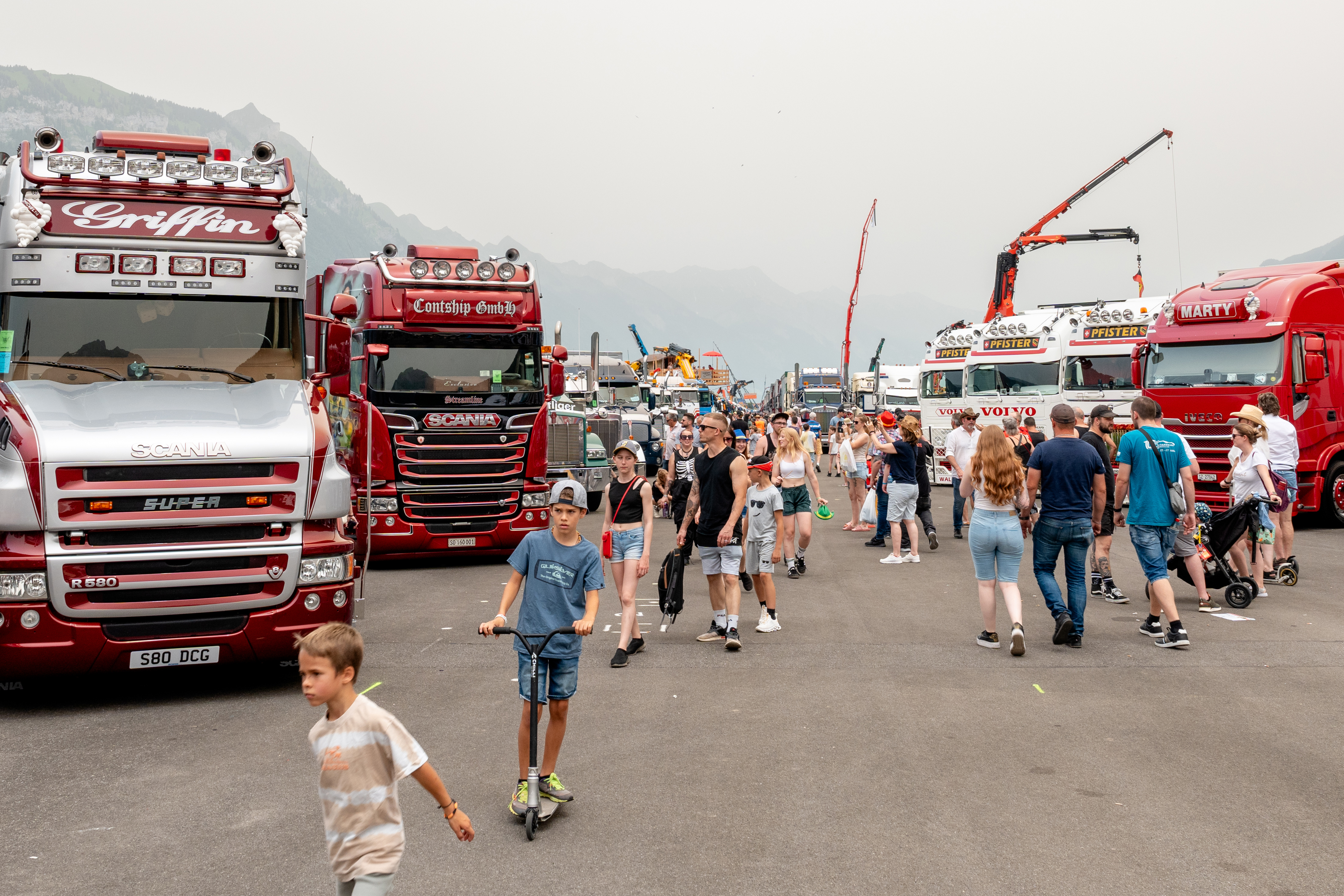
More
‘Security here, freedom there’ – insights from a US trucker festival in Switzerland
3. British love for Switzerland
The British were also big fans of Switzerland during the Romantic period.
More
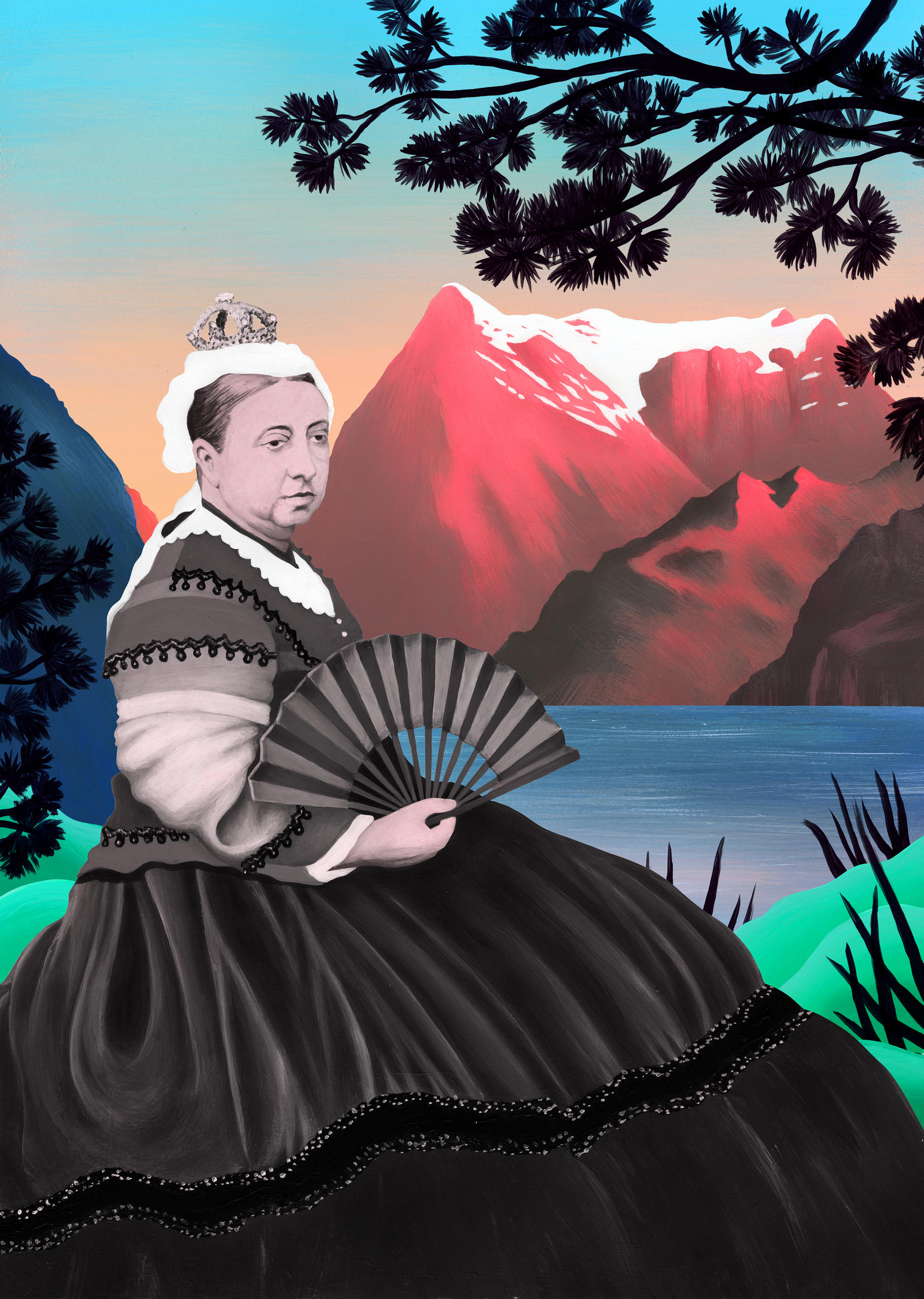
More
How Queen Victoria transformed the Swiss tourism industry
The Lake District in the northwest of England was once also referred to as “English Switzerland”. And the hilly stretch of coast in Devon, in the southwest, was christened “Little Switzerland”. However, most of the nicknames have now disappeared, with only a few tourist attractions still bearing the old names.
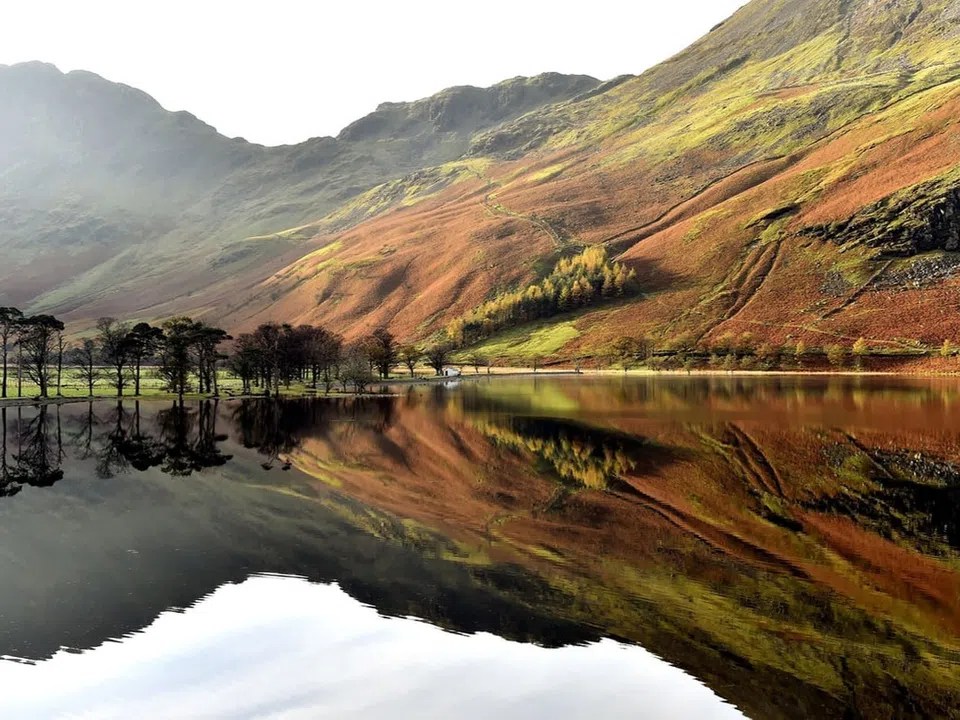
The Lake District in the northwest of England.
Keystone/Owen Humphreys
4. The Switzerland of the South Pacific
The “Southern Alps” are a 3,700-metre-high mountain range that is covered in snow all year round and stretches across the entire South Island of New Zealand. The name was given to them by the British explorer James Cook. The unofficial names of this Switzerland are “New Zealand Switzerland”, “Switzerland of the South Pacific” or “Switzerland of the Pacific”.
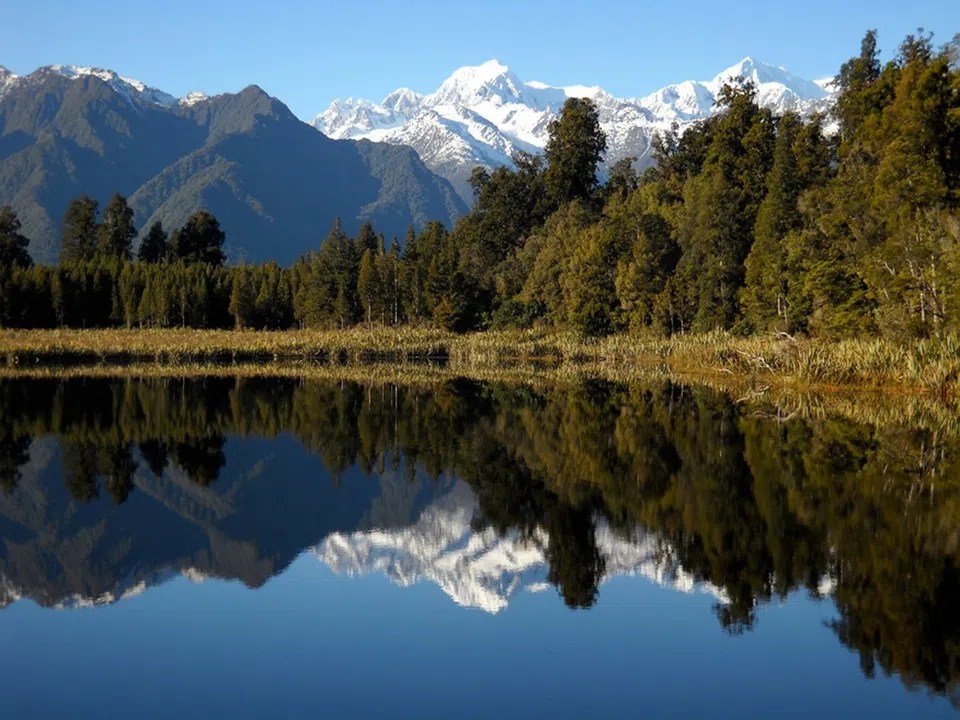
The Switzerland of the Pacific, located in New Zealand.
Keystone/ Kathy Matheson
5. The Switzerland of the Orient
The mountainous region of Lebanon is impressive. The term “Switzerland of the Orient” was therefore used early on. Until 1970, it was the political stability and wealthy inhabitants that led to comparisons with Switzerland. There was even banking secrecy in Lebanon.
6. Switzerland of the East
Nepal, the country with the Himalayas, is apparently also known as the “Switzerland of the East”. The term was already mentioned in 1852. The mountainous and fertile country was able to successfully assert its independence. This was reminiscent of little Switzerland, which was also able to maintain its independence in the heart of Europe.
7. The Switzerland of Africa
Rwanda is also known as the “Switzerland of Africa”. And not just because of the imported Swiss apprenticeship programme. But also because of the green, hilly landscape.
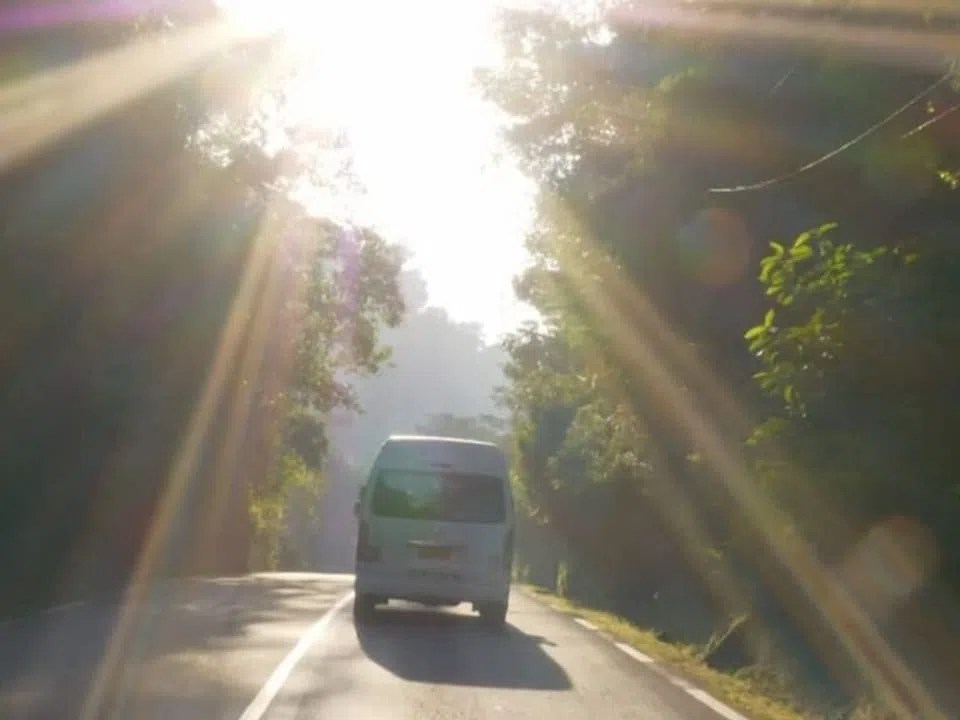
Rwanda – looks a bit like Switzerland.
SRF/”REPORTER”
8. Nueva Helvecia
The town of Nueva Helvecia in southeast Uruguay was founded by Swiss colonists on April 25, 1862. They originally called it “Colonia Suiza”. The settlement of the Swiss also brought with it all kinds of Swiss culture. Milk and cheese production increased and the first democratic elections were held in Uruguay. As they celebrate their founding day on a different date, August 1 is the “National Chocolate Festival”.
